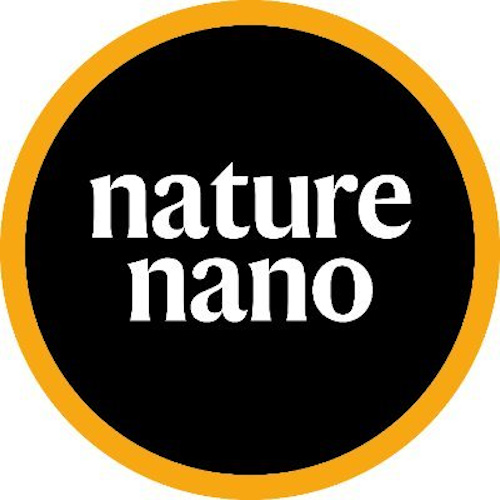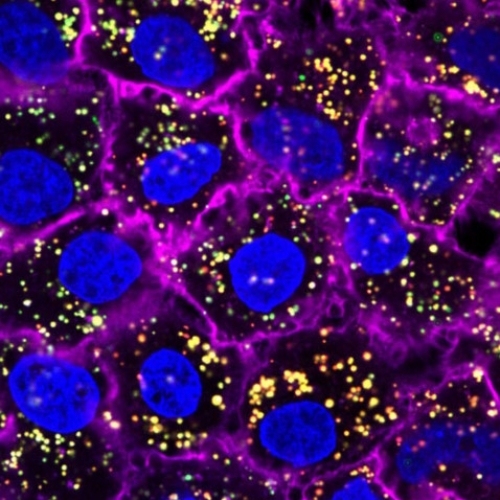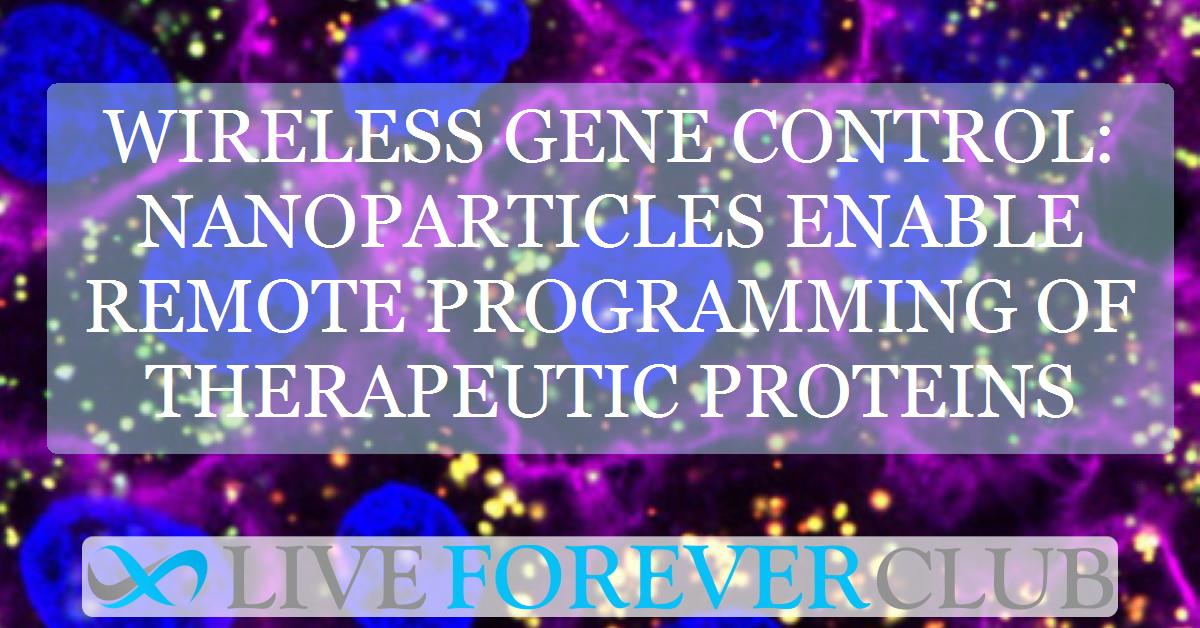Key points from article :
In a groundbreaking study published in Nature Nanotechnology, researchers led by Martin Fussenegger at ETH Zurich have developed a wireless, non-invasive method to control gene expression in mammals. The new technique—called EMPOWER (electromagnetic programming of wireless expression regulation)—uses a clever interface between engineered cells and specially designed nanoparticles to turn genes on and off using weak magnetic fields.
The key innovation lies in tiny, biocompatible nanoparticles made from multiferroic materials and coated with chitosan. When exposed to a low-frequency magnetic field, these particles produce safe levels of reactive oxygen species (ROS) inside cells. The ROS then activate a synthetic genetic circuit within the cells using the KEAP1/NRF2 pathway, leading to the expression of therapeutic proteins such as insulin.
This system allows for highly precise, location-specific, and wireless control of gene activity—without surgeries or implants. In mouse models of diabetes, daily three-minute exposure to weak electromagnetic fields (far weaker than those in MRI machines) was enough to regulate insulin levels and maintain normal blood sugar.
Compared to earlier nanoparticle-based methods, this approach requires smaller doses, is more biocompatible, and reduces unwanted side effects. The researchers hope to further refine the system for use in chronic disease management, regenerative medicine, oncology, and neurology. Future goals include increasing sensitivity, testing alternative genetic circuits, and adapting the technology for clinical trials.







